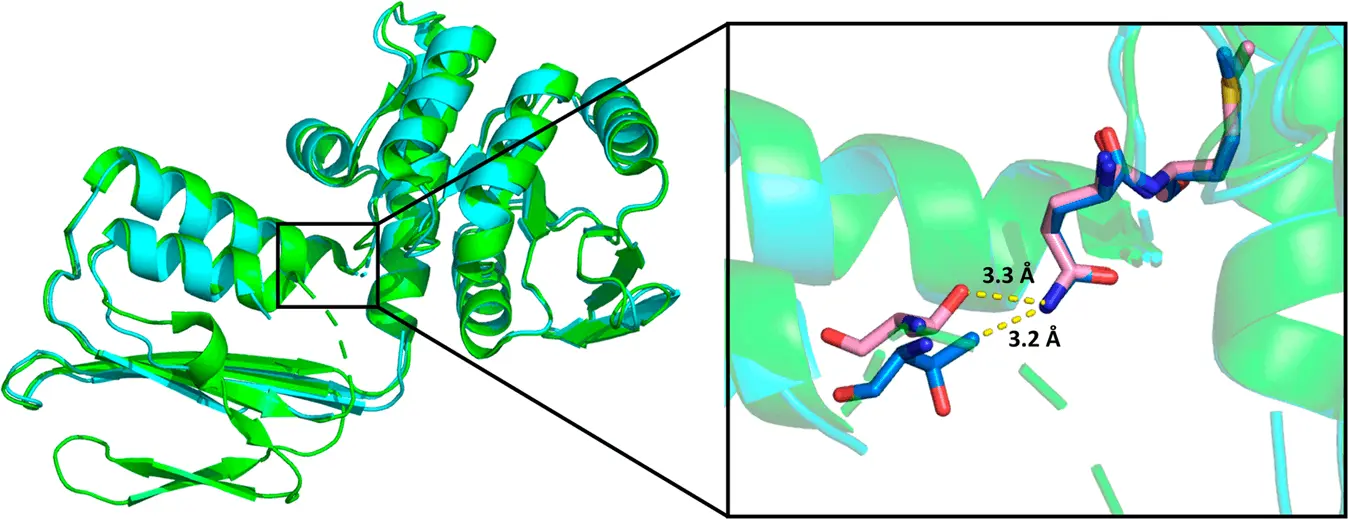Resilient weeds, impervious to herbicides, present a grave danger to both the environment and the agricultural sector. The pressing demand for fresh herbicides, armed with inventive modes of operation, arises to tackle this escalating concern. In a pioneering endeavor, scientists from the University of Adelaide, Australia, adopted an innovative approach to converting a previously ineffective antibiotic into a meticulously targeted molecule. This approach holds immense promise in expediting the development of herbicide contenders capable of effectively countering the proliferation of herbicide-resistant weeds.
The Need for New Herbicides
Herbicides play a vital role in modern-day farming by efficiently managing the growth of unwanted plants. There are, however, less effective herbicide choices due to the introduction and spread of weeds that are herbicide-resistant, as well as safety and environmental issues. This situation significantly impedes the progress of sustainable agriculture, highlighting the urgent need for the development of innovative herbicides with unique mechanisms of action.
Targeting Amino Acid Biosynthesis
The study of herbicides has primarily concentrated on comprehending the pathways involved in the biosynthesis of plant amino acids. The research led to the development of herbicides with commercial viability, such as glyphosate found in Roundup®, which prevents the synthesis of aromatic amino acids by inhibiting the activity of the enzyme EPSPS. Similarly, several herbicides inhibit glutamine and branched-chain amino acid production. Since amino acids play a critical role in numerous physiological processes within plants, it has been demonstrated that impeding their formation offers an effective approach to creating novel herbicides.
The Potential of Lysine Biosynthesis Inhibition
The unexplored pathway of diaminopimelate (DAP), exclusively utilized by plants, bacteria, and algae for lysine synthesis, presents a promising avenue for the development of novel herbicides. Recent investigations have uncovered inhibitors targeting the enzymes within the DAP pathway in plants, effectively demonstrating herbicidal properties on both model plants and weed species. It is unfortunate that this subject has received insufficient attention thus far. Conversely, extensive research has been dedicated to the development of antibiotics by obstructing the enzymes employed by bacteria in lysine synthesis. Although the exploration of these antibiotics is yet to commence, they possess attributes that render them suitable for adaptation into herbicidal inhibitors.
Repurposing ‘Failed’ Antibiotics
In an endeavor to repurpose the antibiotic 2,6-pyridinedicarboxylic acid (2,6-PDC), which was previously considered ineffective, the objective of this research was to establish it as a potential framework for herbicidal activity. To achieve this, researchers generated recombinant dihydrodipicolinate reductase (DHDPR) enzymes using the plant Arabidopsis thaliana and conducted a comprehensive analysis of their structure and functionality. The findings unveiled that 2,6-PDC effectively hindered the germination of Arabidopsis thaliana by impeding the activity of the plant’s DHDPR enzymes. A noteworthy attribute of 2,6-PDC was its selectivity, as it exhibited no antibacterial properties against soil microorganisms and posed no detrimental effects on human cells.
Several analogs were synthesized to enhance the potency of 2,6-PDC. These analogs were specifically designed to exhibit greater efficacy in germination tests and when applied to plants cultivated in soil. The primary compound resulting from this approach demonstrated herbicidal properties against rigid ryegrass, wild radish, and various types of weed species, including monocotyledonous and dicotyledonous varieties. This research emphasizes the potential of inhibiting DHDPR as a novel mechanism of action for herbicides.
Conclusion
One possible approach to tackling the urgent need for novel herbicides that work in distinct ways is to transform “failed” antibiotics into chemical compounds with herbicidal properties. Scientists have identified a potential solution to combat herbicide resistance in weeds by concentrating on the diaminopimelate (DAP) pathway, which is responsible for producing lysine in plants, microbes, and algae. The research suggests that by repurposing unsuccessful antibiotics such as 2,6-PDC, it is feasible to develop herbicide candidates that exhibit greater selectivity towards plants compared to bacteria and human cells.
This groundbreaking research paves the way for further exploration into the feasibility of using lysine biosynthesis inhibition as a developmental approach for herbicides. By leveraging pre-existing chemicals, the time required for discovering and producing effective herbicides can be significantly reduced. These findings not only align with the principles of sustainable agriculture but also contribute to the ongoing quest for new herbicides capable of combating weed resistance while promoting environmentally friendly weed control techniques. A new generation of herbicides that can preserve our crops while having a little negative impact on our ecosystems may emerge as this field of study develops.
Article Source: Reference Paper
Learn More:
Dr. Tamanna Anwar is a Scientist and Co-founder of the Centre of Bioinformatics Research and Technology (CBIRT). She is a passionate bioinformatics scientist and a visionary entrepreneur. Dr. Tamanna has worked as a Young Scientist at Jawaharlal Nehru University, New Delhi. She has also worked as a Postdoctoral Fellow at the University of Saskatchewan, Canada. She has several scientific research publications in high-impact research journals. Her latest endeavor is the development of a platform that acts as a one-stop solution for all bioinformatics related information as well as developing a bioinformatics news portal to report cutting-edge bioinformatics breakthroughs.









